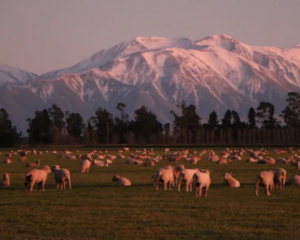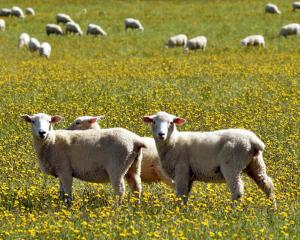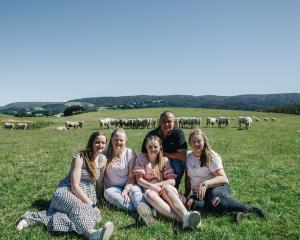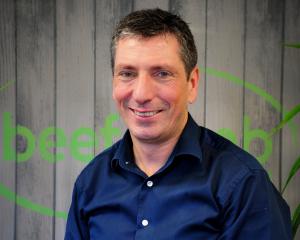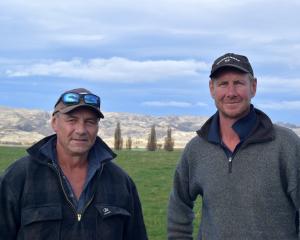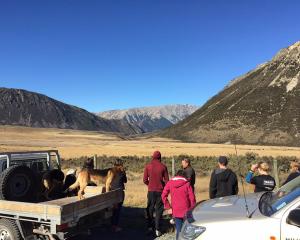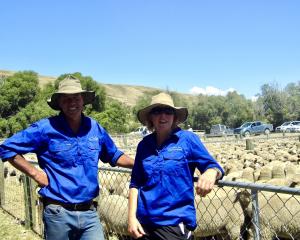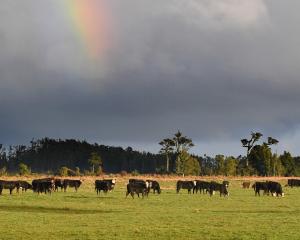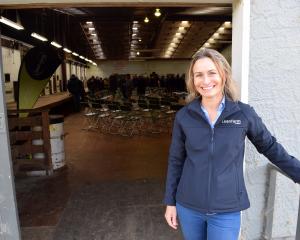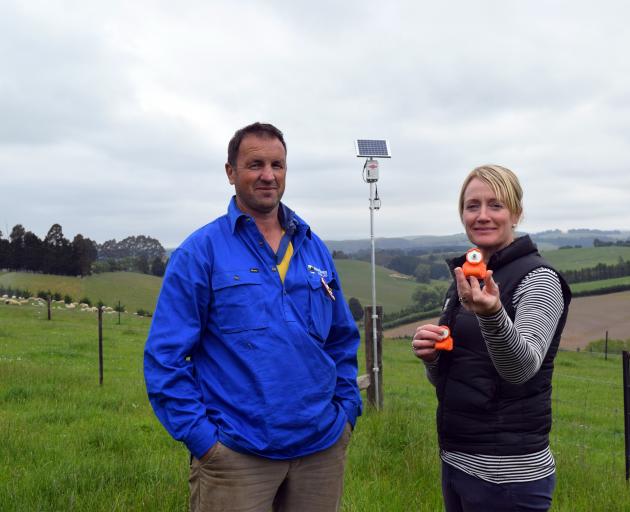
A new trial on beef herds on southern farms will hopefully shed light on when heifers are being rebred for their second calf, North Otago beef breeders Blair and Jane Smith say.
CowManager wearable cow-monitoring systems were being trialled on two southern beef herds as part of Beef + Lamb New Zealand’s programme, Informing New Zealand Beef.
CowManager electronic ear tags had been attached to 160 yearling heifers and 70 2-year-old cows on the Smith’s Fossil Creek Angus Stud near Five Forks in North Otago and 126 yearling heifers and 54 2-year-old cows on Pāmu’s Kepler Farm near Manapouri, Western Southland, which hosts the Beef + Lamb Genetics Beef Progeny Test.
Beef + Lamb New Zealand livestock genetics specialist Jason Archer, of Dunedin, said the tags monitored activity including grazing, ruminating and walking and temperature along with other variables.
The system also had a fertility module which sensed when a cow was cycling and this, in particular, was the information the programme was looking for, Dr Archer said.
"It should generate information about the age of puberty, conception dates and critically, when the first post-partum oestrous occurs, so how quickly the heifer can get back in calf after her first calf."
Mrs Smith believed their stud was selected for the trial because the focus of business partner and vet Neil Sanderson on the reproduction of heifers driving performance of a herd.
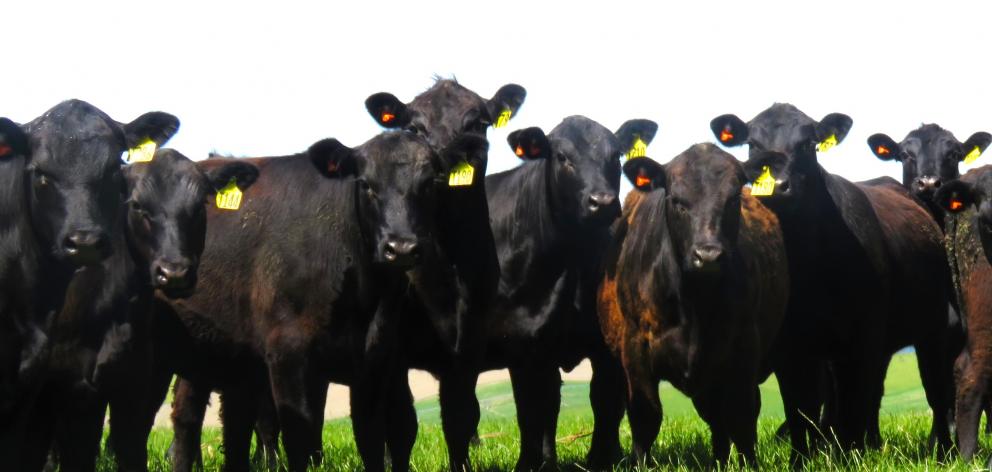
"We have a lot of data that can be utilised."
All of cattle wearing the tags would be mated naturally and the bull was out with them now.
When the heifers and cows were within 300m of a sensor, information on its activity was downloaded to a database.
Fertility data was regularly updating to show which heifers and cows were cycling.
Mr Smith said from the information he would now know which of the cattle had been cycling before the bull was put out.
Mrs Smith said previously, if a heifer was on heat before the bull was out and needed to wait for its second cycle, it resulted in it being wrongly "discredited" for being slow to get on heat.
The new technology showing when the cattle were on heat would take the guesswork out of the best time to put out the bull, she said.

Mr Smith said he was interested to compare data in 12 months to see if an individual heifer which was cycling early this year would cycle again early next season.
"If she is, that’s the one you want to keep because she is coming back all the time."
Mrs Smith said if a cow was cycling later than a previous season, that trend was likely to continue.
"That’s something the dairy industry is really focused on because it is all about days in milk."
Mr Smith said if a bull was not out when a beef cow was cycling, then it would take 20 days for the next cycle.
A calf could put on 1.5kg of weight a day so missing a cycle had the potential for it to be 30kg lighter on sale day or about $90 cheaper, he said.
Mrs Smith said the lighter calves as a result of a missed cycle might result in fewer sales.
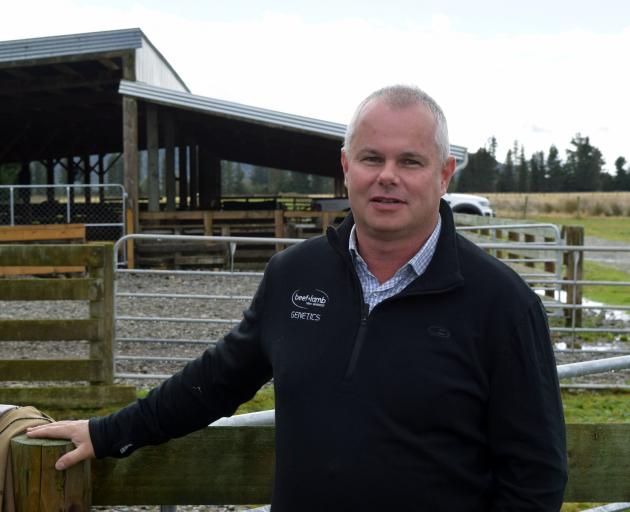
The new technology could be a potential game changer for beef breeding herds.
"To see the possibilities that this technology brings is exciting. The ability to gather a wealth of real-time data and incorporate this alongside genetic evaluation could mean a very powerful decision-support package for breeding herds going forward."
Dr Archer said while fertility in itself appeared to have relatively low heritability, the dairy industry had shown that when broken down into components, there was more potential to make genetic gain.
The initial trial will run until the end of March and if successful, it could be expanded to a small number of performance-recorded herds participating in the programme.
An aim of the programme was to boost the sector’s profits by $460 million over the next 25 years.
In addition to developing a beef genetic-evaluation system that included traits of importance to New Zealand’s beef farmers, the programme would also create easy-to-use tools to enable data to be efficiently collected, managed, analysed and used by farmers to make profitable decisions for their operation, Dr Archer said.
"With the right science and tools, farmers will be able to produce great-tasting meat with a good environmental story while maintaining and improving their production efficiencies."


